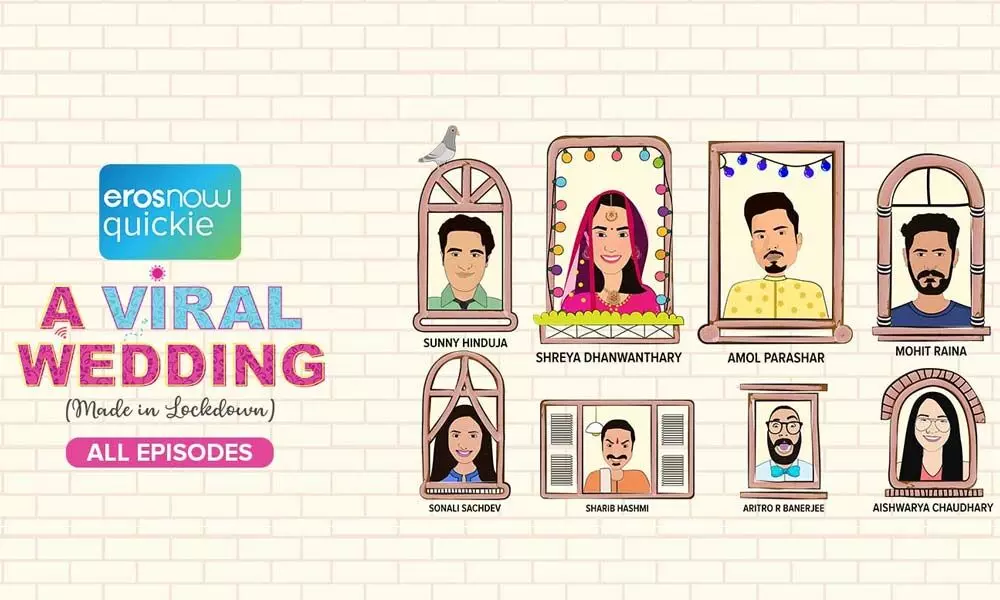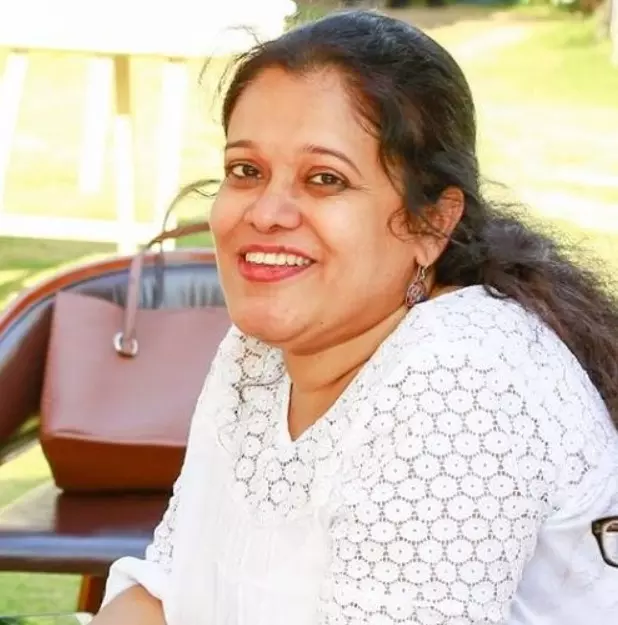A Viral Wedding: The 'Lockdown' Web Series
 A Viral Wedding
A Viral WeddingMumbai-based Pratha Narang released an eight-episode web series called 'A Viral Wedding' being aired on Eros Now.
Mumbai-based Pratha Narang released an eight-episode web series called 'A Viral Wedding' being aired on Eros Now. A photographer, who had worked for several successful shows on OTT and as second unit DOP and Drone Cinematographer for 'Family Man – Season 1' Pratha first heard of the concept from director, producer Raj Nidimoru. It is Shreya Dhanwanthary's (who acted in Family Man) story. She also acted in the lead role as the social media influencer Shreya, who refuses to cancel her wedding and plans to marry her fiancé online. The male lead is played by AmolParasher.
The entire series with 8-9 minute episodes has been made during lockdown. What started as an idea, unrealistic perhaps, but exciting to work for went on to become an actual production that is receiving positive response from the audience. "When I first heardShreya tell the story, I decided we shall give it a try and see how it goes. At the most, we would have tried something during lockdown when most of us were anyway idle. The script was made ready in a night, and shoot completed in two days, and then post production started. If my sound person was from Odisha, the VFX guy was from Bangalore. We coordinated on Team viewer. At one point I had three systems with Team viewer open. It took a whole lot of coordination," shares Pratha. "The entire cast shot from their mobile cameras, it was crazy, but fun."
Shooting using phone cameras and working on cloud was unknown territory and technical challenges came up in hordes. "To begin with we couldn't have movement on the camera. A few of the cast were living alone and they were figuring out how to do this. Instead of a series of scenes, we had four to five shots for each scene and the editor had it put it all together. There was no time for reshoot. During one of scenes where all of them are on a video conference call, and react to each other's conversation, we had to wait for each one to finish talking before adding the other person; it took a lot of time. We weren't able to match colours from the system. Plus the editor's system was not a good one. We usually work in studios that we hire.'
All is well that ends well. And for Pratha and team the whole initiative did end well. She adds, "After the first cut we all knew it was going somewhere. We are seven of us and the cast and each one worked passionately to make the impossible possible. So I cannot take the credit solely for any of this."
The well-produced film is a prototype of all the possibilities in the future. However Pratha says now that we cannot have too many people on the sets, the amount we save on rentals must be diverted to technicians who can upgrade themselves with better equipment."
The future is going to be about technicians and creative team, who will gain prominence when the film industry begins to adapt to the new normal.

